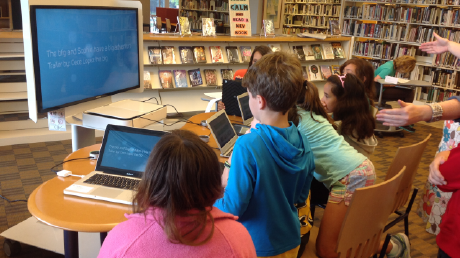Transforming libraries into Learning commons

The purpose of this assignment is to conduct a precedent study of traditional library that has been re-designed
and renovated into a Learning Commons.
LEARNING OBJECTIVES
• Identify and define issues relevant to the design problem through research (CIDA 8c, 8h, 10f).
• Research case or precedent studies to ensure design solutions address the human experience, behavior, and
performance (CIDA 7a).
• Analyze the interrelationship between humans and their interior environments (FL 2.0).
Research the space you have chosen. Your analysis of the space should include the following elements:
• User Analysis
• Spatial Analysis
• Code and Functional Requirements
• Creativity
• Ceiling and Lighting Design
• Furniture and finishes
DELIVERABLES
• Essay: (50 pts) Approx. 500 words. Analyze, Report, Recommend. Why did the library decide to renovate
their space? Who did they design it for? How do students of this generation learn? What type of environment
were they trying to create for the students? Also discuss built environment features, such as the design of the
space, the furniture, technology, finishes, windows, lighting, ceiling etc…
o While this paper should be written with your own thoughts and your own words, it is required that you use the
resources of the library to cite your references (both in the body of the paper and as a reference list). A
minimum of three (3) articles from journals are required for the paper. Please use APA style for all citations.

